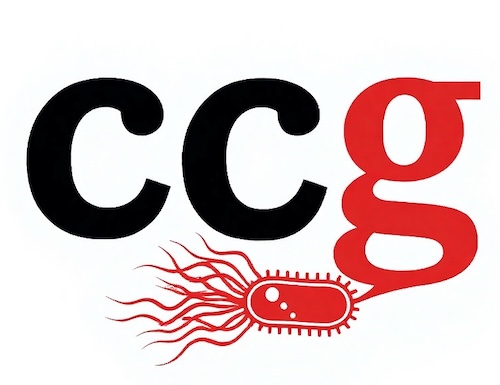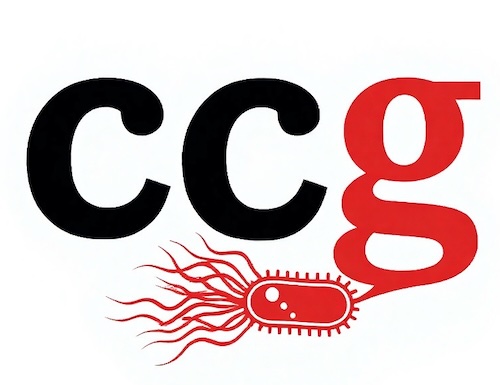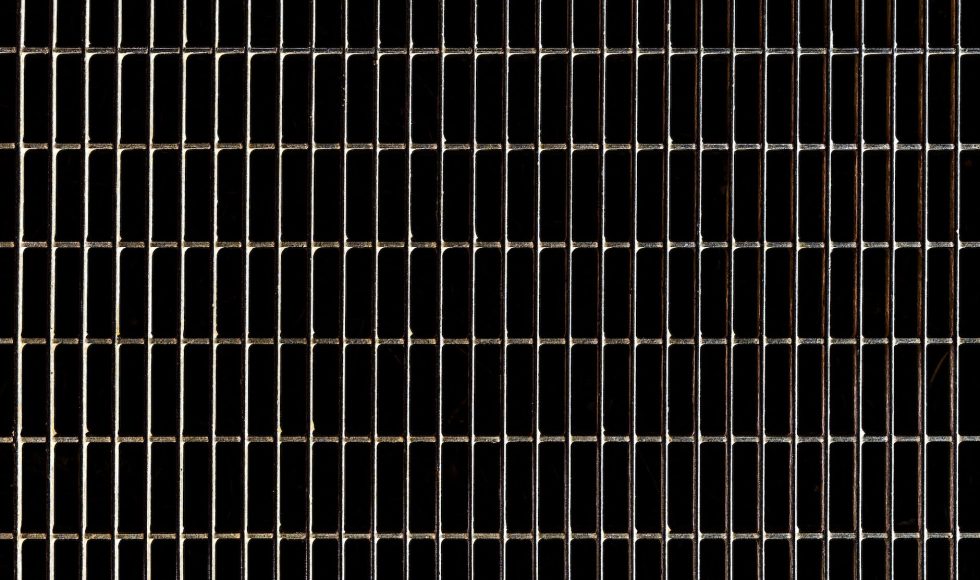As part of the Knowledge Exchange series of lessons, John Beaulaurier from Oxford Nanopore Technologies spoke about assembly. The session’s title is “No assembly required: nanopore sequencing complete virus genomes from microbial communities.” The session was recorded on September 30, 2019. Beaulaurier worked with academic collaborators on this project. Beaulaurier explained that marine microbial populations […]
The Knowledge Exchange video series had one on MinKNOW features and Updates that I watched tonight. MinKNOW has evolved in the past couple of years! Rich Roman, a Technical Product Manager from ONT, described the changes in Model Selection and incorporation of the Flip Flop Basecalling model. The high accuracy (HAC) basecalling model contains a […]
Tonight I watched the November 13, 2018 recording of the “Sample barcoding: Sequencing in multiplex and Demultiplexing” Knowledge Exchange session in the Nanopore Learning Lesson Library. Julia Eales, an Application Scientist with Oxford Nanopore Technologies and Philipp Rescheneder presented. Eales spoke about the uses of multiplexing. I didn’t know that with dual-barcoding you can multiplex […]
Today I watched the Knowledge Exchange session from Nanopore Learning about “A beginner’s guide to structural variation analysis: from discovery to basic annotation.” Steven Rudd, a bioinformatics expert at Oxford Nanopore Technologies, shared a couple of slides and then explored the structural variation tutorial. A structural variant (SV), Rudd said, is typically considered as “a […]
Tonight, I watched the Nanopore Learning Knowledge Exchange about Direct RNA Sequencing. Libby Snell and Botond Sipos explained how the kit and process work. Snell began by addressing the question: why use direct RNA sequencing. They explained that it is truly native RNA sequencing since the RNA strand is read directly in the Nanopore. There […]
The next Knowledge Exchange session I watched from the Nanopore Learning Lesson Library was “A primer on nucleic acid extraction.” Vania Costa spoke about protocols for extraction of DNA and RNA from samples and the available tested protocols. For DNA extraction, different kits produce different fragment sizes. Costa focuses on improving extraction for Nanopore sequencing. […]
Since we have the GridION and want to learn more about how to use it, I watched the Knowledge Exchange session about the “GridION Mk1: delivering the ultimate flexibility in the lab.” Jon Pugh spoke emphasized that Nanopore sequencing has the benefits real-time, on demand, and bioinformatics rich data. Oxford Nanopore Technologies (ONT) has the […]
I started watching videos from the Nanopore Learning Lesson Library. The Knowledge Exchange video “Getting the most out of a flow cell” caught my attention. Connie O’Donnell was the host and was joined by Anne-Marie Wadsworth who discussed tips to maximize flow cell use. Wadsworth explained that all flow cells have a maximum run time […]
Danny E. Miller from the University of Washington presented at the Nanopore Community Meeting in Singapore on “The 1000 Genomes Project Oxford Nanopore Sequencing Consortium: expanding our understanding of human genetic variation.” They started by comparing the medical history and testing performed on two patients. Miller shared a linear workflow for traditional genetic workup. Miller’s […]
Continuing with the Nanopore Learning course on Human Genome Sequencing and Analysis, tonight I watched the video about structural variation detection. Anthony Doran, a member of the Technical Services Team with Oxford Nanopore Technologies, defined structural variation as large structural changes in your sample compared to the reference genome. The examples Doran shared on a […]











